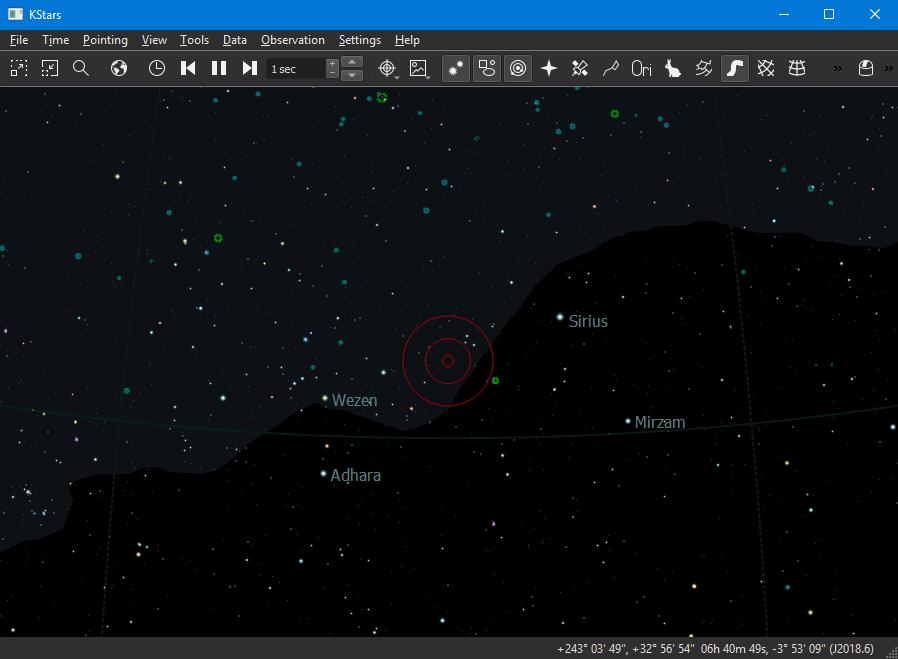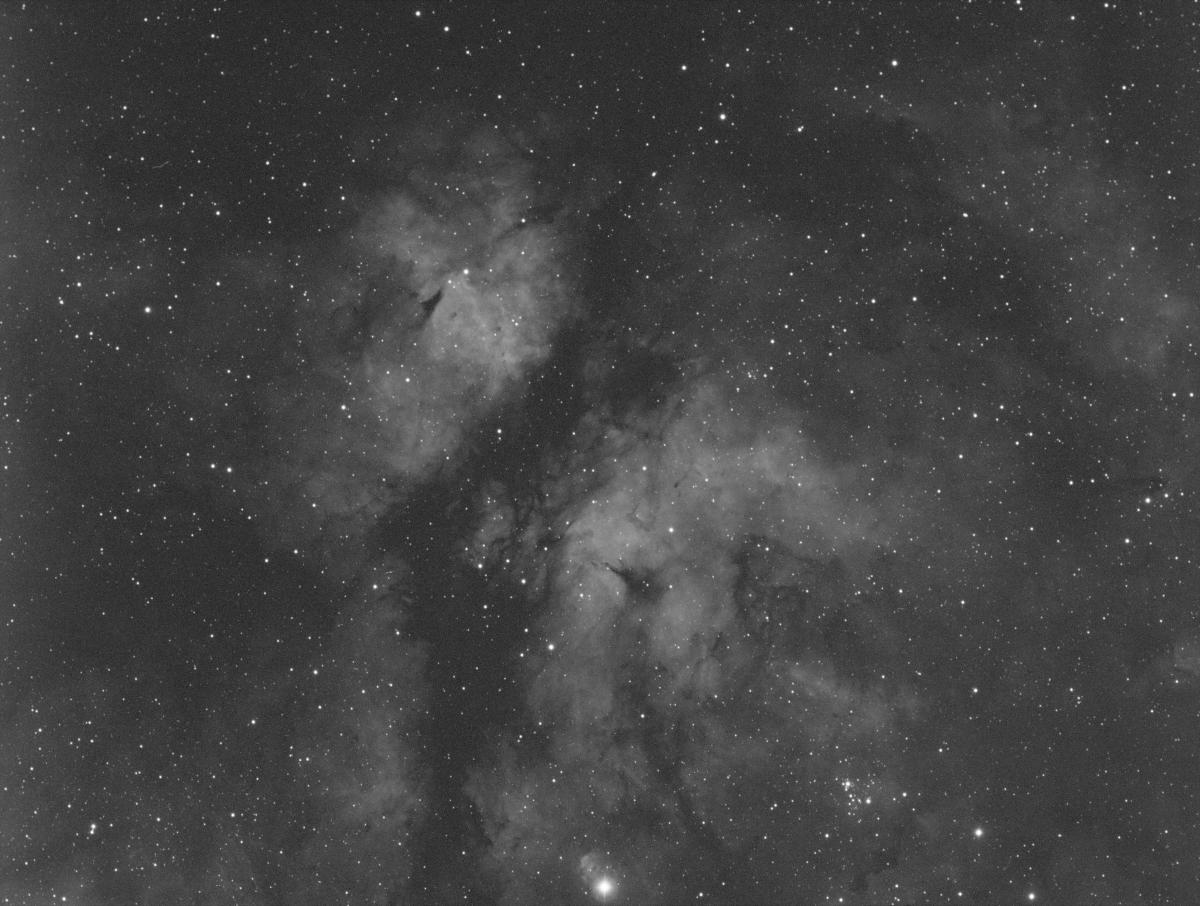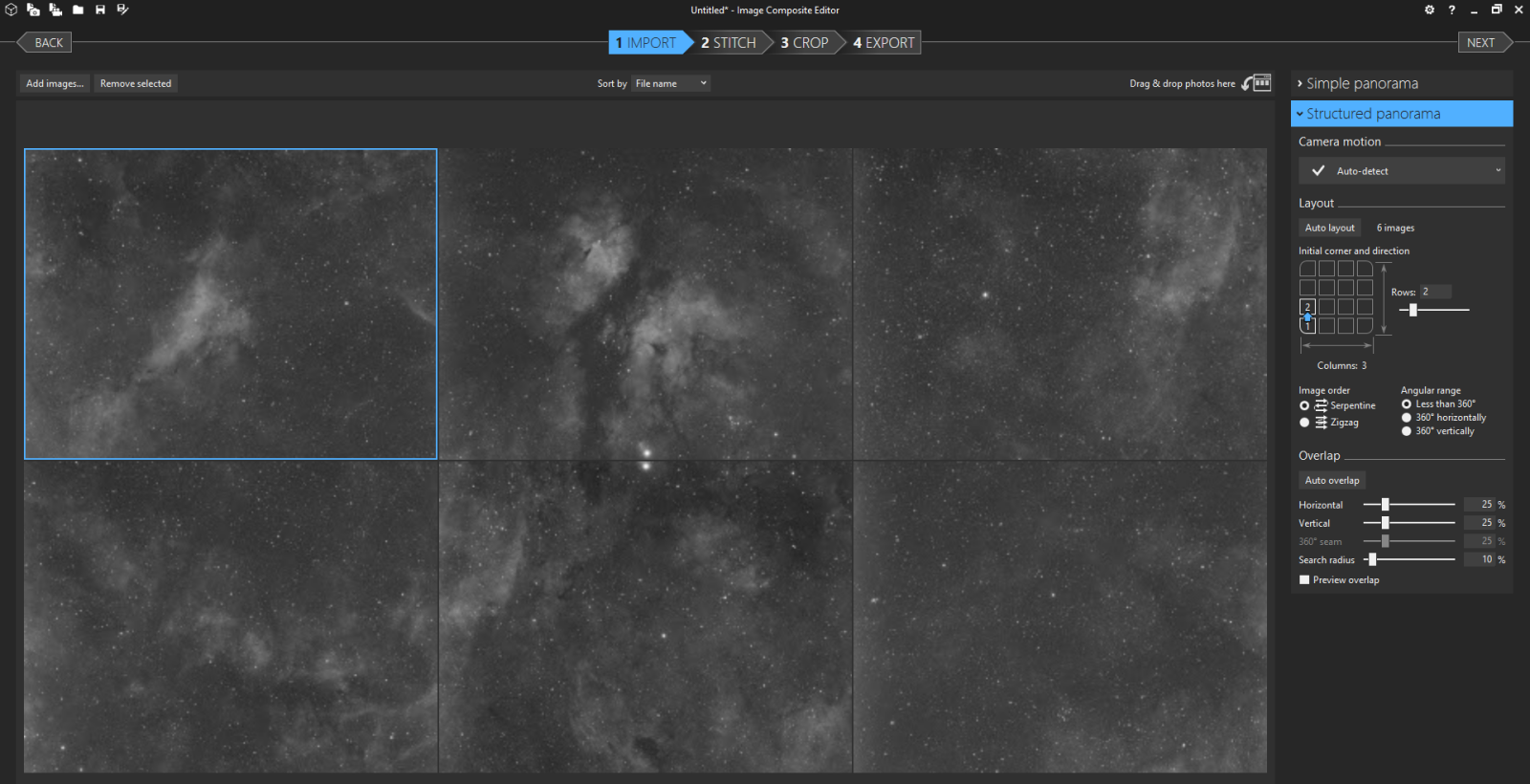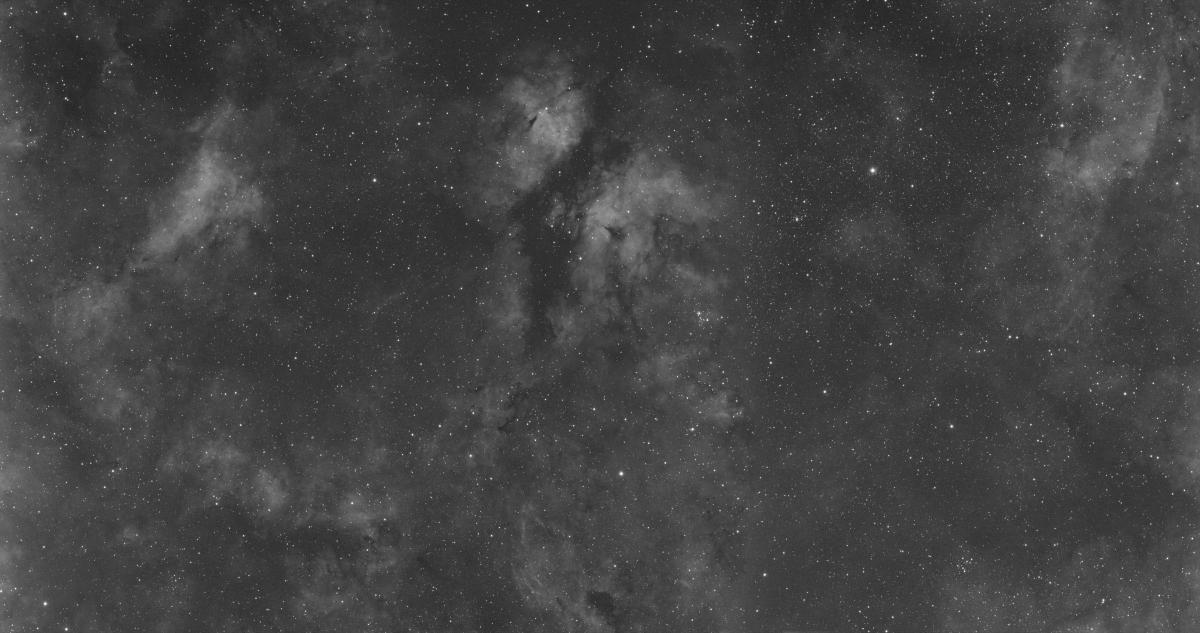- Details
Bimonthly Stable INDI Library release introduces new drivers and fixes for existing ones. Some highlights:
- Stable Astrotrac Mount driver.
- Developer build script for UNIX users.
- ESATTO Backlash measure and correction.
- Correct color space when stacking on indi_v4l2_ccd driver with a web cam that doesn't have color space info.
- The driver for the Planewave Delta-T was not working
- Improved handling of myFP2ESP controllers
- Pegasus UCH
- TheSkyX/Paramount Pier-side + guide async cmd fixes
- Update lx200_OnStep.cpp
- indicom: fix FreeBSD compilation
INDI is available to download in source from Github or in binary format from Linux & MacOS packages.
- Details
Many amateur astronomers have seen movies like Contact, Deep Impact, The Dish and similar movies, getting inspired in Astronomy and beginning their nightern journey.
I personally, except Sci-Fi and educational movies like these, was impressed by many documentaries about astronomy that talked about joining together many telescopes into one giant eye that watches towards the sky with extreme resolutive capabilities.
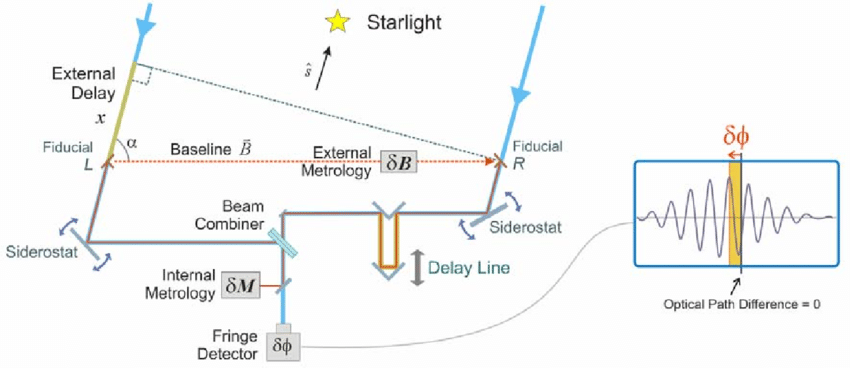
The technique that permits to achieve this is Interferometry, that consists into the calculation of interference between signals of different fluxes (optical, radio, pulsative) such to obtain the correlation level between them: the similarities in certain conditions. Such conditions, in astronomy, can be the perspective, the parallax, the location of the telescopes on behalf the subject observed. The more the signal is strong in such of these conditions, took note of them, the more the signals of them are similar. This is not so easy to understand at first read, but follows furhter explanations.
After many years of studies, searches and many tries, I got the opportunity to start to build a device that helps amateur astronomers to build their own array.
The device is a correlator, which is used into particle physics laboratories like the Super Kamiokande in Japan, Cherenkov arrays like the VERITAS array, radio dishes or antennas arrays like the ALMA array in Chile.

The correlator is a part of an interferometrical system, allowing to join the fluxes of the telescopes and to report back their correlation degree instantly.
The rest of the system is the hardware antennas or telescopes, the mounts, the GPSes and the visualization PC. INDI has a driver for the correlator.
The correlator is the AHP XC8, it allows to connect up to 8 telescopes, and to obtain 28 baselines between them.
The total diameter of a single telescope obtained with the array will be the maximum baseline (perspective distance) of the telescopes location. Watching a star at Zenith, with a telescope at East and a telescope at West distant 100 meters will result to a single telescope of 100 meters of diameter.
The resolution of these arrays will depend on the frequencies, for example watching at 1420MHz the resultant resolution will be 18 arcmin/pixel while using optical sensors with a green filter the resolution reaches 2.5 milliarcsec/pixel. Just for comparison a 200mm telescope has the resolutivity of about 0.6 arcsec/pixel on the visible spectrum.
The INDI driver, at experimental stage, permits to obtain a picture of the sky directly after an observation.
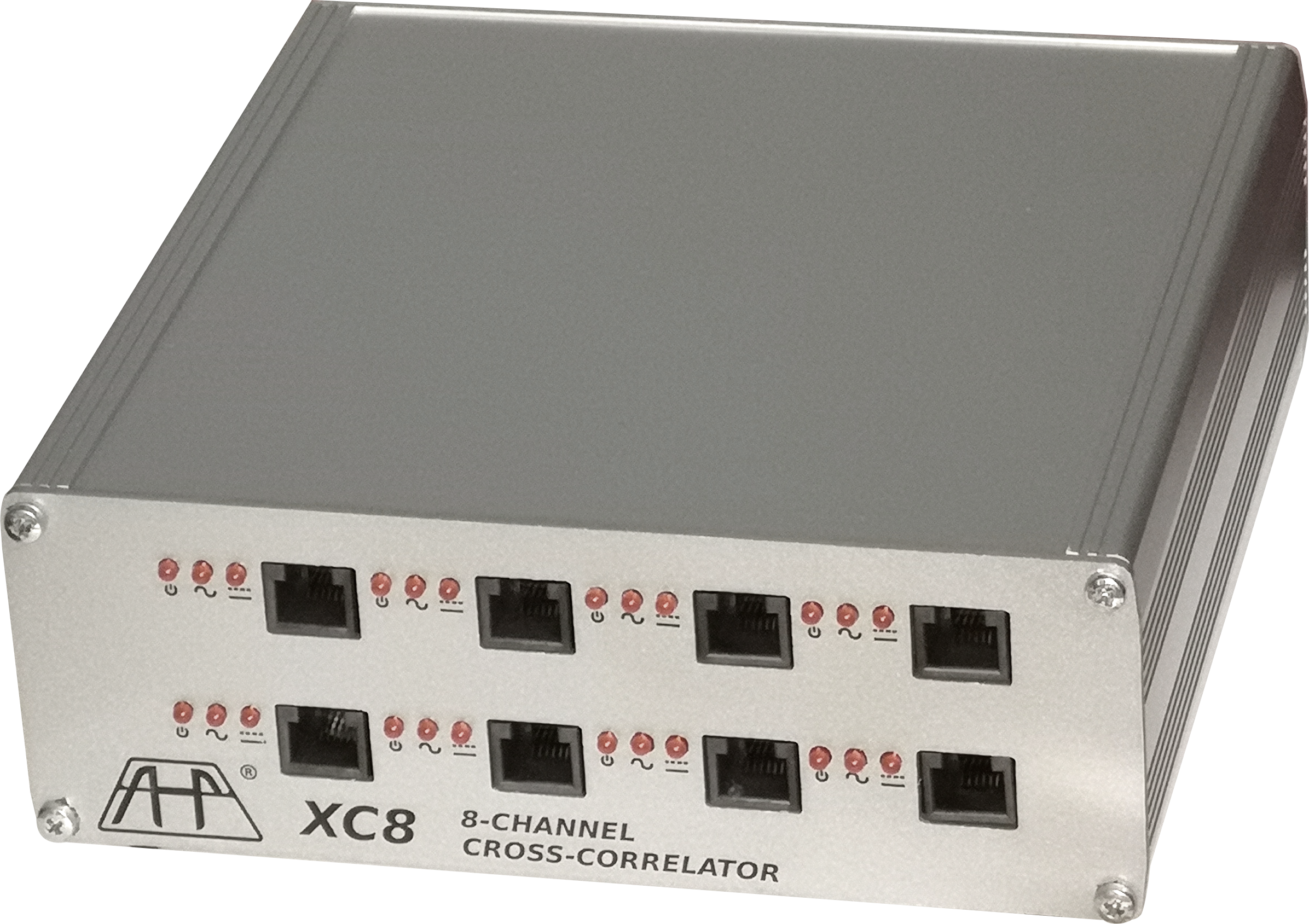 The AHP XC8 is also capable to do spectrography, it allows to receive from radio sensors, optical single-photon sensors, and to power them up or to link a line using its global pass-through line.
The AHP XC8 is also capable to do spectrography, it allows to receive from radio sensors, optical single-photon sensors, and to power them up or to link a line using its global pass-through line.
The specifications:
- DIN8 Backport for serial communication, clock tuning and frame sync
- 8 TTL inputs
- 10ns minimum pulse width
- count rates up to 100MHz
- 24 bits sampling capacity
- 1 million spectral channels
- Real/imaginary spectral reports
- Real/imaginary cross-correlation reports
- independent delay lines selection for autocorrelator and crosscorrelator modes
- 28 baselines
- External true-bypass line for HSP17 photomultiplier assemblies power supply or others
- 57.6, 115.2, 230.4, 460.8 Kbaud sampling frequency
- Direct reading of pulse counts, autocorrelation and crosscorrelation counts
- SMA standard TTL3V3 connectors
- Open Source SDK
The AHP XC32 is instead a 32-input multichannel cross-correlator and spectrograph.
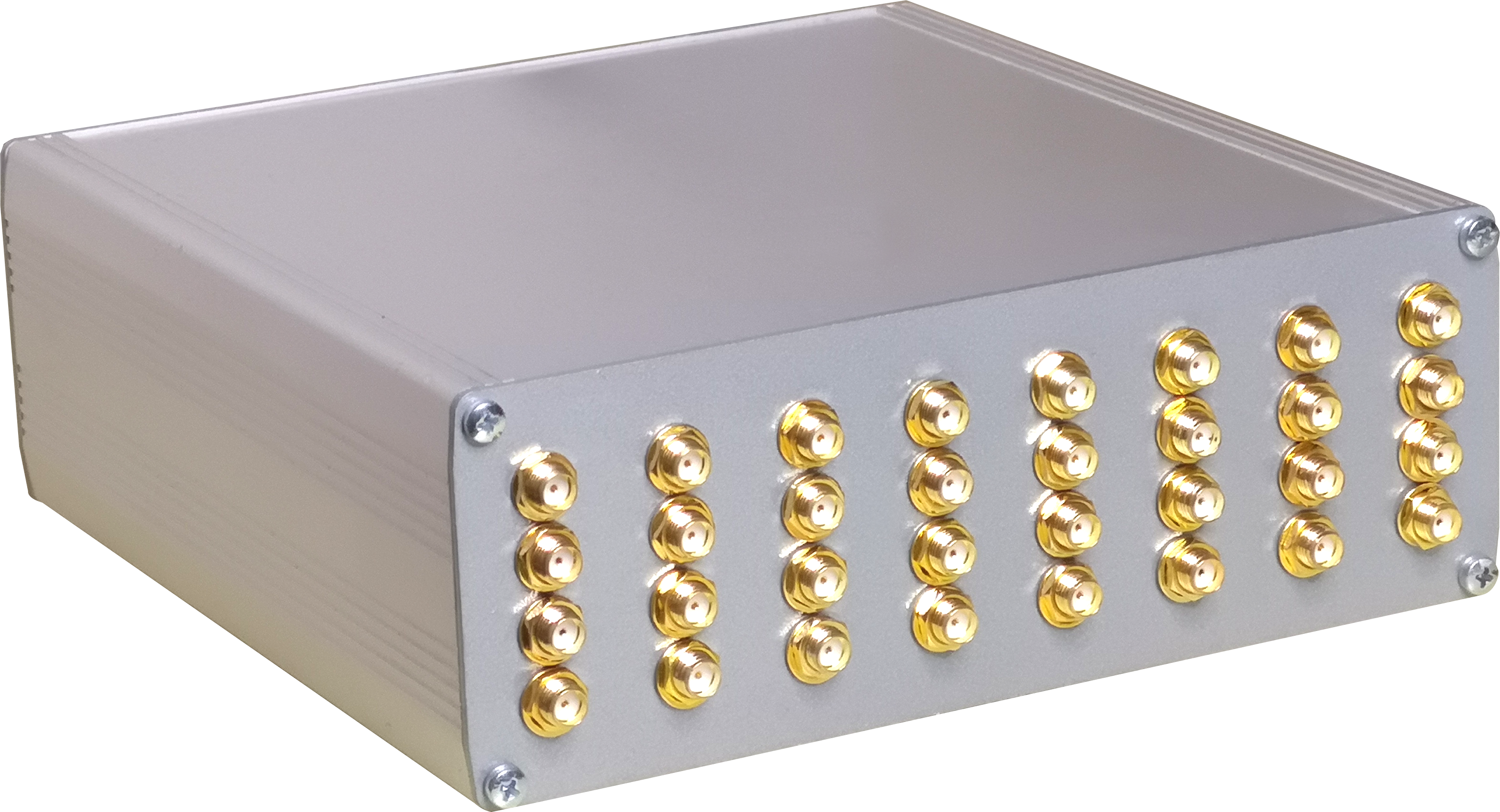
The specifications:
- DIN8 Backport for serial communication, clock tuning and frame sync
- 32 TTL inputs
- 10ns minimum pulse width
- count rates up to 100MHz
- 24 bits sampling capacity
- 1 million spectral channels
- Real/imaginary spectral reports
- Real/imaginary cross-correlation reports
- independent delay lines selection for autocorrelator and crosscorrelator modes
- 496 baselines
- 57.6, 115.2, 230.4, 460.8 Kbaud sampling frequency
- Direct reading of pulse counts, autocorrelation and crosscorrelation counts
- SMA standard TTL3V3 connectors
- Open Source SDK
Ilia Platone.
- Details
INDI Development Team is happy to announcement the INDI Library monthly release v1.8.1.
This is a minor maintainenance release. Some highlights:
+ Unified Toupbase driver for Touptek-based cameras.
+ Support for native backlash handling in INDI::FocuserInterface
+ Apogee fan control support.
+ Fixed Bluetooth serial port connectivity.
+ Updated version of OnStep driver (v1.8), fixes for Fork Mounts.
+ Pegasus Ultimate Power Box v2 support.
+ Fixed Celestron GPS focuser position.
+ Fixed parking mode initialization for roll-off roofs.
+ Fixed various FocusLynx issues and added Optec Sagitta focuser.
+ LX200 Based mount migrated to INDI::FocuserInterface
+ QHY SDK updated to 6.0.1.
- Details
Up until 2017, I was using SGP to perform all my astrophotogrphy work. Along with PHD2, ANSVR, and PixInsight, I had a pretty good and established workflow for all my captures in my small observatory in Madina, Saudi Arabia. From a local gulf astrophotography group, I learned from Jasem Mutlaq about KStars/Ekos in mid 2017. Jasem was asking for some feedback on KStars, and I downloaded it and gave it ago my Windows 10 system.
Frankly, I only spent a few minutes looking around, and it seemed like a rather simple program with limited functionality. It doesn't appear as complex as SGP or MaximDL or SkyCharts, so I left it as is and went back to using my usual workflow. While I had many successful good runs, I had to spent a lot of time actively monitoring everything from guiding, to meridian flip (had to do it manually since I could never get to work with SGP), to eventual parking and shutdown of the system. Futhermore, the startup time was significant. Focusing took 10+ minutes to achieve decent results, and alignment only works partially as if the results are produced from the roll of dice. Fast forward to late 2017 where I began to look to for altentatives to expedite my workflow, and after a brief discussion with Jasem, I realized I completely missed the one feature of KStars I truely needed: Ekos.
After watching a few Ekos videos online, I was thrilled about the potential. Alas, there is no native device support under Windows since Ekos depends on INDI, and INDI drivers are currently available for Linux & MacOS. This is the first time as a Windows user that I feel left out! The solution to this was StellarMate. It is a small WiFi gadget with USB and Ethernet ports that you hook your astro equipment to. It's quite affordable (to think I was actually considering EAGLE2 a few months before!) and the setup is quite straight forward. Most of my equipment were already supported by StellarMate, with the exception of Primaluce Sesto Senso. After informing Jasem, he developed an INDI driver in just a matter of days! Afterwards, I was ready to begin my journey with StellarMate.
In addition to KStars & INDI, Stellarmate even comes preinstalled with a built-in astrometry solver. Ekos (KStar's Astrophotography Tool) is quite feature rich. No need to ditch extra $$$ for unlocking feature X or addon Y where such additions are supposed to be part of the main program. StellarMate adopts a simple scheme, you pay once and you get all. This is probably a disasterous idea marketting wise (Editor: I've been told that before!), but excellent for us end users who do not need to battle endlessly with licenses and addons. Suffice to say, now Ekos sets the bar for what to expect of any astrophotography software. Besides the excellent support and fast response times the team behind Ekos & INDI are renouned for, I managed to automate my workflow.
Now focusing takes a couple of minute instead of 10+, auto meridian flip works like a charm with my iOptron mount. Remote solver is surprisngly fast, though it's not still as reliable as the online solver. The cream of the crop is Ekos Scheduler. It took me a few months to finally trust the complete workflow, but now my observatory is completely in the hands of Ekos Scheduler. I pick my target, select my sequence, and let it do its magic.
Recently, I wanted to compose a Mosaic of the Sadr region in Cygnus. With Moravian G2-8300 and Primaluce Airy 65 telescope, it would present a challenge to image Sadr's ~3 degree wide field of view. I fired up Ekos Mosaic Tool, and then with the HiPS overlay active, I created a 2x3 wide panel. For this to work correctly, all the camera & telescope information have to be up correct of course. After checking all settings and then clicking Create Jobs, Ekos created a patch of jobs for each region. It was then only a matter of starting to scheduler to get process rolling. Since I didn't put any constraints on startup times, it began the startup procedure as soon as one the target regions was above the minimum altitude limit of 30 degrees (Editor: which is configurable).
The schduler unparks the mount, slew to one of the regions, then it performs the usual Focus & Align & Guide steps before starting the capture process. Using the scheduler relieved a significant amount of time I was investing in getting everything in order before I was able to properly capture before. Of course, it's not all sunshine and roses. There are some occasional bugs that creep by, which I usually report to Jasem along with a copy of the logs. Over the last few months, I've seen Ekos grows more stable and reliable thanks to the efforts of an international team of volunteers across the globe. The last bit in my observatory that is not automated is my roll-off roof. As soon as I complete its integration with INDI, I can proudly say I have a truely robotic setup!
Now back to the Mosaic images, I only captured this patch in Hydrogen Alpha filter. This is a sample of a single frame:
Then I used Microsoft Composite Editor to stich them togeather. While I could have used PixInsight, I wanted something quick to check the results:
Here you is the final result for HA. You can check the full resolution image at 8395x4435 on AstroBin.
Now with this nice result, I plan on capturing the mosaic in other filters to create a color composite.
Update 2018-08-15: Here is the final color composite:

My name is Turki AlAmri, and I am health care provider with a strong passi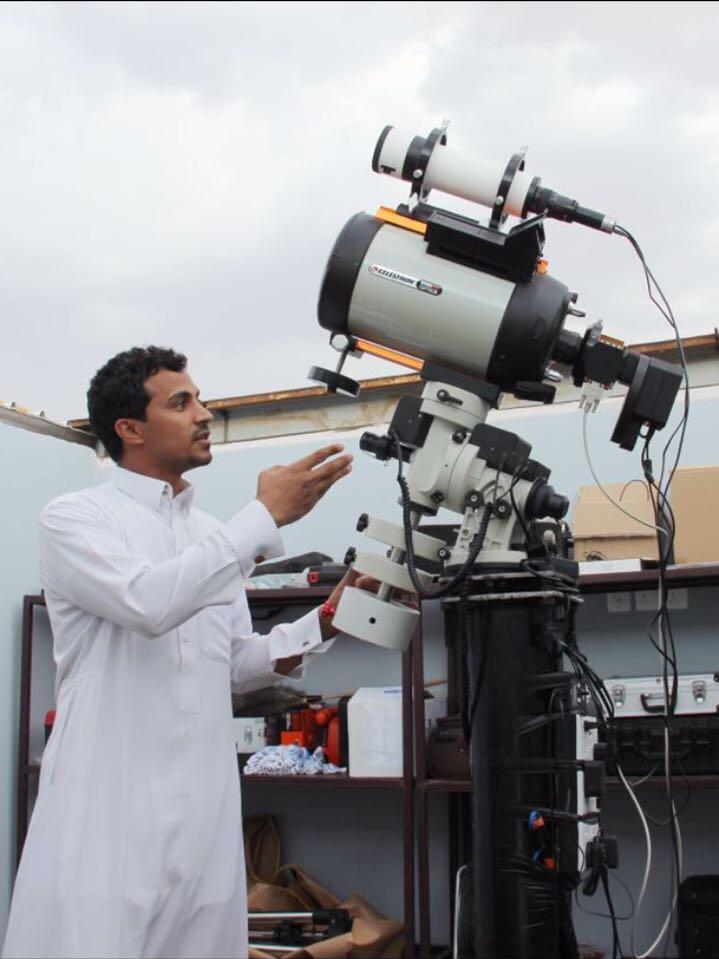 on for astrophotography.
on for astrophotography.
I work from my own neck of the desert in Madina, Saudi Arabia where I continue to pour money, time, & effort into this hobby along with phonomenal patience and support from my beloved wife. You can find more about me on Instagram & Twitter.
- Details
INDI development team is happy to announce the release of INDI Library v1.7.0. This new exciting release builds on the maturity of INDI Library and comes with many new supported devices and fixes for existing drivers. Here are some of the highlights:
- Updated QHY SDK.
- FLI drivers are now based on libusb rather than legacy kernel driver.
- New driver for CEM120 mount.
- New driver for Explore Scientific PMC8.
- Several memory leaks were fixed.
- Added support for background flushing for FLI CCDs.
- Added preliminary support for CCD rapid captures on the millisecond range.
- SX CCD driver updated to support ICX453 & M25C.
- SX AO driver updated to emply INDI serial connection plugin.
- Fix timing issue with GPhoto making it stuck in busy state after initial capture.
- ASI driver enhancements. Video format recall fix.
- MaxDomeII driver refactored and updated.
- Several fixes for Gemini Integra driver.
- Polling period for most drivers is now customizable.
- GPhoto driver supported Abort exposure. Subframing fixes.
- GPS driver can set system time from GPS source.
- Astrophyics Experimental Driver with multi-parking support.
- Numerous OnStep driver fixes and updates.
- SkySensor2000 Pulse guiding support.
- Prevent sandbox ACCESS_VIOLATION on Gentoo
- Celestron driver refactoring and support for high-precision formats.
- Fixed script execution in scripting gateways
- Fix flags for Cygwin.
- Fix non-standard POSIX C functions.
- Replace deprecated usleep with nanosleep.
- CCD & Telescope simulator updated so that can be used effectively in any combination with physical devices.
Thanks to all the great open source contributors who made this release possible.

